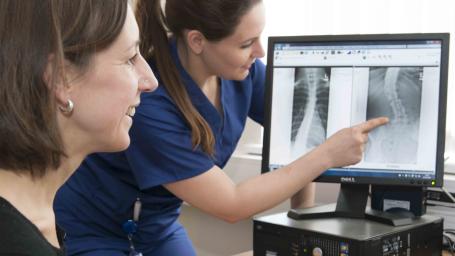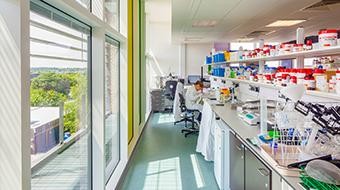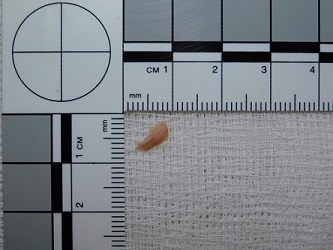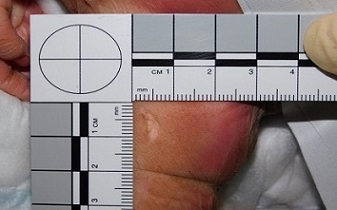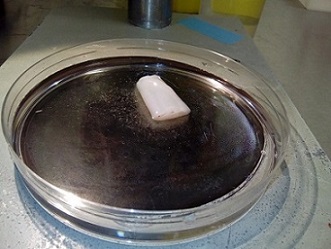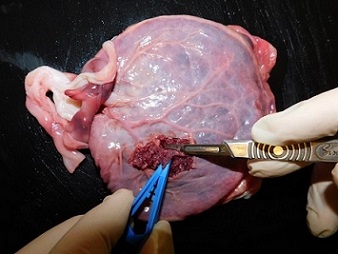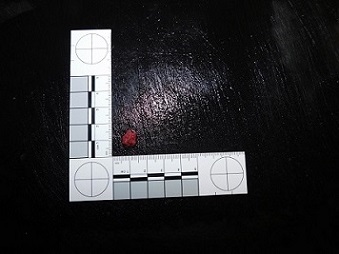Time-to-Transition - Birth Partner Information
If you are birth partner to someone who has chosen to take part in the Time-to-Transition Caesarean Birth Study, you may be able to take part in this questionnaire study.
If you would like to request a pdf version of our study information, please email the Study team at: TTT@nbt.nhs.uk
What is a Time-to-Transition Caesarean Birth?
The main study is testing the Time-to-Transition Caesarean Birth method, which has been developed by Obstetricians and Neonatologists at Southmead Maternity Unit.
Rather than being born rapidly after opening the womb, the doctor will deliver the baby’s head and keep the body inside the womb until the baby starts to breathe or to cry, up to a maximum of 2 minutes, before delivering the baby fully. The birth will be filmed using two Hospital cameras. We will ask for your consent to be filmed. If you say no, we can film the birth in such a way that you will not be visible. You can still be involved in this Birth Partner study if you say no to being filmed.
Why have I been invited to take part?
As you are the birth partner of someone who has agreed to take part in the Time-to-Transition Caesarean Birth study, we would like to invite you to take part too, by sharing your thoughts about your experiences of the birth. If you decide not to take part, the person who you are birth partner to can still be involved in the study.
Are there any benefits to taking part?
There will not be any direct benefit to you in taking part, but you may be helping families in the future once the results of this study are known.
Are there any risks?
This is a questionnaire study and there will be no risk to you.
To find out more about the possible benefits or risks to the caesarean birth itself, please refer to the “Time-to-Transition Caesarean Birth Study” information leaflet. (where can this be found)??
How much time will it take?
If you agree to take part, we will ask you some questions about yourself (such as age and ethnicity).
We will also ask you to complete a short questionnaire about your experience as a birth partner to a participant of the main study
- once just after the baby’s birth and
- once when the baby is about a month old.
Each questionnaire will take about 5-10 minutes to complete, and can be done over the phone, or on a smartphone or computer if you have one.
Who is doing the study?
This study is being carried out by staff at North Bristol NHS Trust and the University of the West of England.
How is this study funded?
This study is funded by donations made to the Southmead Hospital Charity.
Who has reviewed this study?
The Health Research Authority and South Central Berkshire Research Ethics Committee (B) REC: 23/SC/0228 IRAS project ID: 325202 have reviewed and agreed to this study.
What happens next?
If you are eligible and interested in learning more, a Research Midwife will talk to you and help you decide if you'd like to take part in this study. If you would still like to take part, they will ask you to complete a consent form.
What if I change my mind?
You can change your mind and withdraw from this study at any time and without giving a reason, but we will keep information about you that we already have. If you do not want this to happen, tell us and we will stop. It will not affect the care that you receive, nor that of the person you are birth partner for.
We will ask you to let us know your preference by completing a study withdrawal form.
We need to manage your records in specific ways for the research to be reliable. This means that we won’t be able to let you see or change the research data we hold about you. If you agree to take part in this study, you will have the option to take part in future research using your data saved from this study.
How will my information be used?
All research in the UK, which uses patient information must follow UK law (the Data Protection Act) and GDPR* rules.
North Bristol NHS Trust (UK) is the Sponsor for this study. This means we are responsible for looking after your information and using it properly, according to the rules and law.
In this questionnaire study we will need to use some information about you. This information will include your name, contact details and some basic information such as your age and ethnicity. We will use your contact details to get in touch with you by phone, email, or text.
We will keep all information about you safe and secure. People who do not need to know who you are will not need to see your name or contact details. Your data will be given a code number instead. We will write our reports in such a way that no one can work out who took part in the study.
Once we have finished the research study, we will keep some of the data so that we can check the results. We will store study data for up to 5 years after the end of the project, as per standard protocol at North Bristol NHS Trust. We will write our reports in such a way that no one can work out who took part in the study.
(*GDPR stands for General Data Protection Regulation)
Where can I find more about how my information will be used?
North Bristol NHS Trust is the sponsor for this study. You can find out more about how we use your information at:
Patient Data & Research Privacy Policy | North Bristol NHS Trust (nbt.nhs.uk)
www.hra.nhs.uk/information-about-patients.
You can also:
- Ask one of the research team
- Contact Helen Williamson (Head of Information Governance) at helen.e.williamson@nbt.nhs.uk or by calling 0117 4144767
What if there are any problems?
NHS-sponsored research such as this study is covered by NHS indemnity (the same indemnity that applies to any patient in the NHS). In the unlikely event that you feel you have been adversely affected by taking part in this study, you should contact the research team as soon as possible.
Should you wish to complain about any aspect of the way you have been approached or treated during the study, the normal NHS complaints mechanisms are available to you.
Please visit www.nbt.nhs.uk/patients-carers/feedback for further information about how to make a complaint or contact the North Bristol NHS Trust Hospital Patient Advice and Liaison Service (PALS): Telephone 0117 414 4569. PALS can also provide confidential advice and support to patients, families, and their carers.
Who should I contact if I have any questions?
The study is being led by Dr Joanna Crofts at Southmead Hospital (North Bristol NHS Trust). If you have any questions about the study please contact Dr Joanna Crofts, Consultant Obstetrician, Southmead Hospital either by:
The Study Email address: TTT@nbt.nhs.uk
Telephone: 01174146764 - between 9 am to 4pm.

